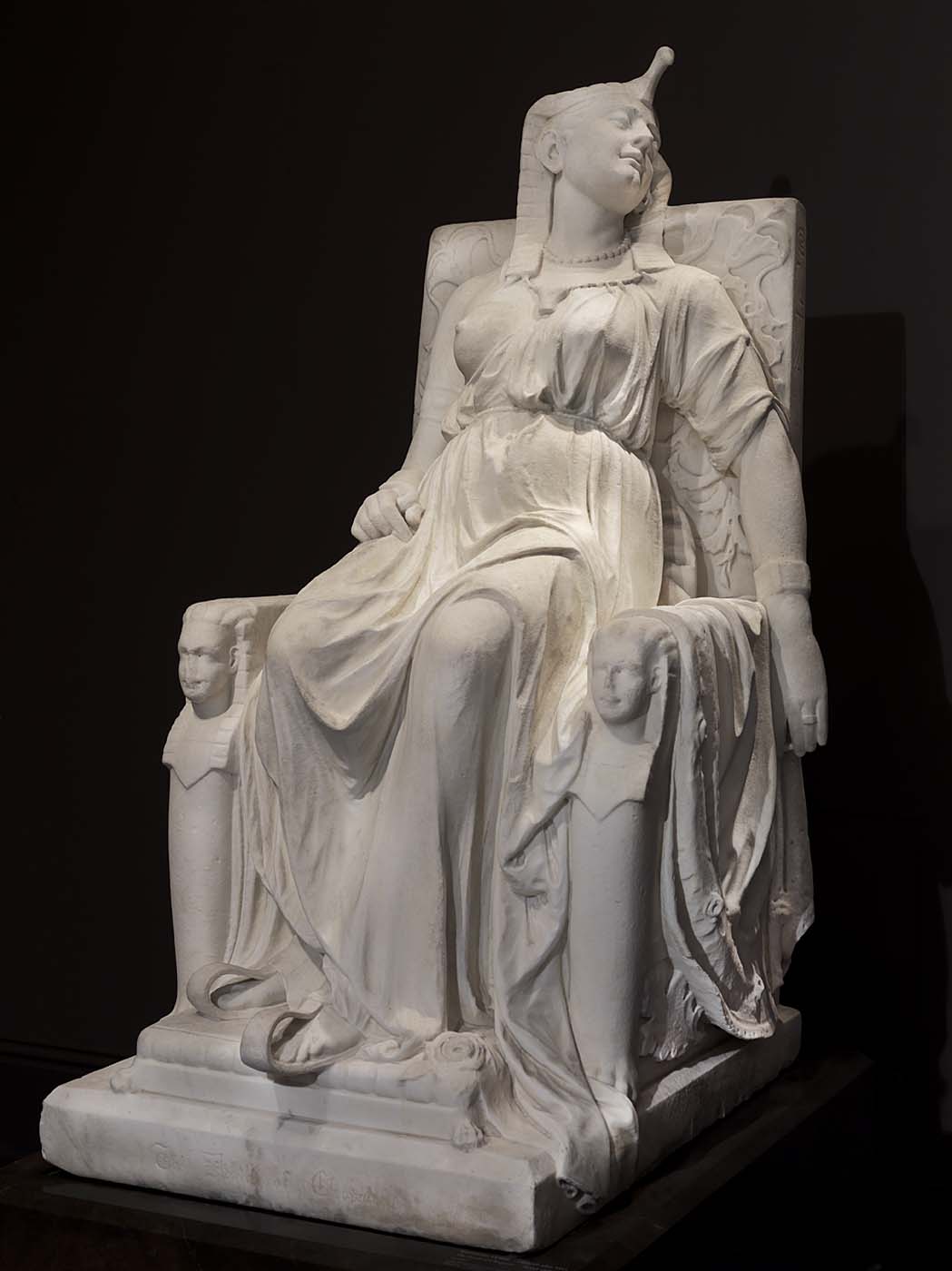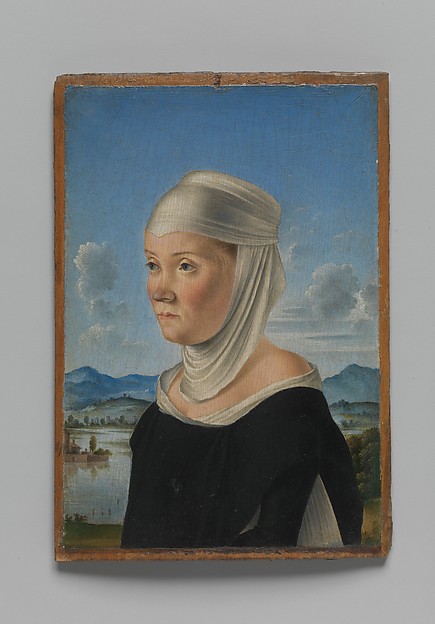Women during the Middle Ages were perceived as submissive to men. It is traced to the everyday roles women played in communities. The majority of the people in medieval Europe resided in small rural colonies, therefore, lived off of the land. The domestic responsibilities women encompassed were the following; caring for children, preparing food, and attending to livestock. Women had to help their husbands with additional errands such as the harvesting of crops during the busiest times of the year. They were imperative to the cottage industry because women were the ones who brewed, baked and manufactured textiles. It was for that reason that the symbol of the peasant woman was the distaff a sort of tool utilized to spin wool and flax. The well-known woman in the Catholic Bible, Eve from the story “Adam and Eve” was often seen with a distaff as a way to show her duty to labor after the fall from paradise. One can see the injustice to women when even in the religious narrative it teaches it was the woman's fault that the forbidden Apple was consumed. Therefore, she “deserved” that God had said she was to obey all orders given by man. In addition, medieval art portrayed women with a distaff chasing a wolf with an animal from their farm in its jaws; however, it was also a means to satirical art in which women were shown hitting their husbands with it. Women living in towns worked in a variety of trades and crafts assisting their fathers or husbands in the production of textiles, leather goods, and metalwork; including running shops and inns. Although, men were the strong ones and seen as above all in the eyes of society; in reality, women were who drove most of the jobs that kept everyday life running. If women were out of the equation men would just be that, masculine. Religion was imperative during this time, it did not better the position of women but just restricted it further. St. Paul's caution that “a woman must be a learner, listening quietly and with due submission. I do not permit a woman to be a teacher, nor must a woman domineering over a man; she should be quiet.” (Pg. 45, Chadwick) This just supports the punishment from the original sin Eve was convicted of persuading Adam to also do. It also put women as weak in the sense that it was Eve who fell into temptation because she wasn't strong enough to say no. It sets women as to being seen as ignorant because a woman made the mistake of eating the Apple and not the man so she was not knowledgeable enough to avoid the sin.
 |
| Lucia, Minerva and Europa Anguissola Playing Chess 1555 Portrait of a Woman, Possibly a Nun of San Secondo; (verso) Scene in Grisaille 1485-1495 |
The argument that if women had a Renaissance or not is not one that has been really discussed nor answered. Those that did have a leap heavily relied on their social status to do so. During this time women were only supposed to be seen and not heard. Though women had the freedom to share their views, however, their thoughts and ideas were shaped by men. Unfortunately, women were controlled from the day they were born till the day she was married. However, she became her husband's possession who just took the role her parents had in their power. Women of each social class had either a greater role or none at all in society. Lower class were basically destined to become housewives. Those that belonged to the working class, however, were to work for their husbands and help with the management of the business; in addition, to household duties. Women who were part of the upper class had many servants at their service; they could not work by themselves nor live alone. The only options women had was to either marry or become part of a convent and serve as a nun. In art, many doors were open to men that were closed to women. Sofonisba Anguissola, is, however, a rare exception to this social system. She was a noble whose father strongly believed women should have the opportunity to be educated. She was able to earn her art education from studying with Bernardino Campi and Bernardino Gatti. However, she was limited to being able to achieve her full potential success in the art industry because women, unlike men, were not allowed to study anatomy or life drawing (for many years they weren't allowed to study the naked human form). She was inspired to paint informal portraits of her family members or herself as a way to contradict these ridiculous social restrictions. Lucia, Minerva and Europa Anguissola Playing Chess was the product it presents her sisters in formal clothing but with informal expressions. Due to that time, Italian paintings were generally formal and stiff. She created a work that contained natural expressions painting individuals as they were rather than as they wanted to be seen. One can clearly identify the difference between Sofonisba and Jacometto Veneziano’s painting of Portrait of a Woman.
 |
| The Death of Cleopatra, 1876 |
During the 19th Century, women were going places; although women were slowly gaining the equality they desired it was a battle to be taken seriously as a male artist was seen during this time. The issue was that men were obsessed with painting women naked; prostitutes and mistresses encompassed their artworks. However, the greatest tool invented was the camera it was something new there was nothing restricting them from until utilizing it. Not only were women gaining privilege in the art world but, they were able to earn an education even if they did not come from rich backgrounds. However, the issue of racism arose that limited only black women from becoming educated. Edmonia Lewis was an African- American and Chippewa painter who moved to Italy in order to create art about slavery. She was fascinated by the arts and pursued her passion. However, she faced difficulties as white people wrongly accused her of poisoning them and stealing brushes. Due to that, she fled the U.S. to Rome where she learned how to work in the neoclassical style. She did all her marble work on her own because she wanted to save money but most importantly wanted to prove that a black woman could do the job. “She was treated as an exotic oddity, which she tried to use to her advantage.” (Pg. 51, Guerrilla Girls) She was seen as a rare specie to look at; Americans believed black people had no intelligence and for that, they only had the knowledge to serve as slaves. When they saw a black woman creating art they were curious because it wasn't the norm. Her work on the topic of slavery was not just to sell her works but to expand them so they could create a sense of awareness and admiration of other races. With that crush the conception that the white race is above all.
Works Cited
- Chadwick, Whitney. Women, Art, and Society. Fifth ed. New York: Thames & Hudson, 2012. Print.
- Guerrilla Girls. The Guerrilla Girls' Bedside Companion to the History of Western Art. New York: Penguin, 1998. Print.
- Women in Medieval Society
- Gender Roles of Women in the Renaissance

No comments:
Post a Comment
Note: Only a member of this blog may post a comment.